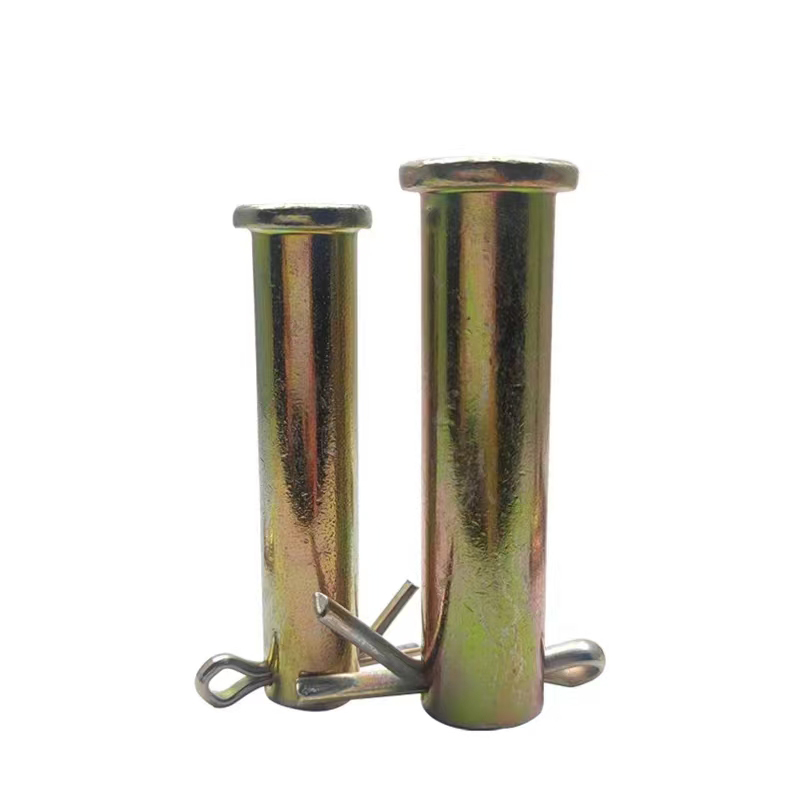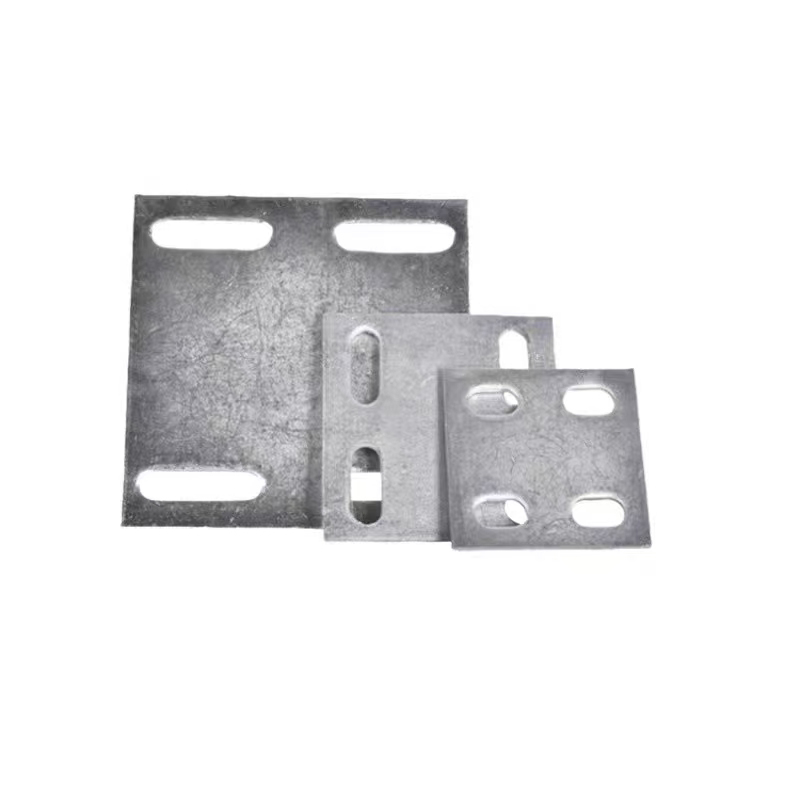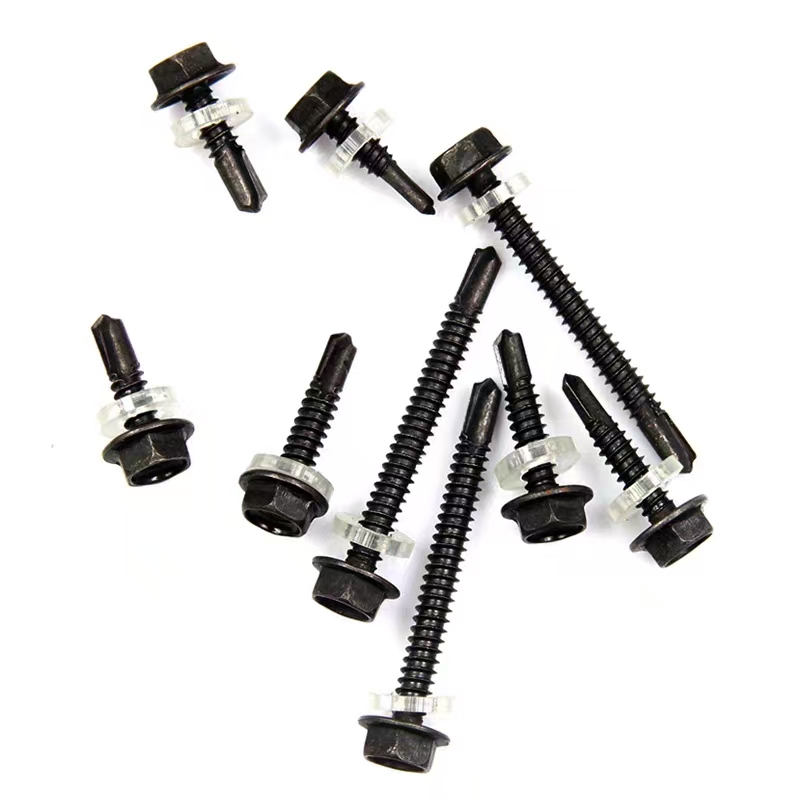- Chinese
- French
- German
- Portuguese
- Spanish
- Russian
- Japanese
- Korean
- Arabic
- Irish
- Greek
- Turkish
- Italian
- Danish
- Romanian
- Indonesian
- Czech
- Afrikaans
- Swedish
- Polish
- Basque
- Catalan
- Esperanto
- Hindi
- Lao
- Albanian
- Amharic
- Armenian
- Azerbaijani
- Belarusian
- Bengali
- Bosnian
- Bulgarian
- Cebuano
- Chichewa
- Corsican
- Croatian
- Dutch
- Estonian
- Filipino
- Finnish
- Frisian
- Galician
- Georgian
- Gujarati
- Haitian
- Hausa
- Hawaiian
- Hebrew
- Hmong
- Hungarian
- Icelandic
- Igbo
- Javanese
- Kannada
- Kazakh
- Khmer
- Kurdish
- Kyrgyz
- Latin
- Latvian
- Lithuanian
- Luxembou..
- Macedonian
- Malagasy
- Malay
- Malayalam
- Maltese
- Maori
- Marathi
- Mongolian
- Burmese
- Nepali
- Norwegian
- Pashto
- Persian
- Punjabi
- Serbian
- Sesotho
- Sinhala
- Slovak
- Slovenian
- Somali
- Samoan
- Scots Gaelic
- Shona
- Sindhi
- Sundanese
- Swahili
- Tajik
- Tamil
- Telugu
- Thai
- Ukrainian
- Urdu
- Uzbek
- Vietnamese
- Welsh
- Xhosa
- Yiddish
- Yoruba
- Zulu
- Kinyarwanda
- Tatar
- Oriya
- Turkmen
- Uyghur

bolt
The Intricacies of the Bolt: More Than Just a Fastener
Bolts, often overlooked, play a fundamental role in construction and engineering. Their importance is sometimes misunderstood, leading to costly mistakes. Here, I delve into my experiences and lessons learned with this seemingly simple yet complex component.
Understanding the Basics of Bolts
In my years at Handan Zitai Fastener Manufacturing Co., Ltd., I've observed that people often confuse bolts with screws. While they might look alike, differences in thread design and use case are significant. Bolts usually require a nut to secure two unthreaded components, unlike screws.
There's a critical point about bolt materials. Depending on the application—whether for heavy machinery, construction, or delicate electronics—the material choice can make or break a project. Stainless steel, for example, is ideal for corrosion resistance, whereas carbon steel offers strength.
Frequently, in our Hebei Province facilities, I’ve seen clients request custom bolts. The specifics matter—right from the tensile strength to the finish. This often involves a thorough discussion on environmental conditions and load requirements to ensure suitability and longevity.
Practical Uses and Misuses
One of the most common practices that raise red flags is over-tightening. I've learned that this can induce stress, leading to premature failure. Understanding the torque settings based on the bolt's composition and size is crucial, yet often neglected.
On a project involving a Beijing-Guangzhou railway component, our team faced issues with vibration loosening. Bolt failures weren’t from a lack of strength but rather a lack of correct tension. This required us to employ locking devices, an area often sidelined until problems arise.
Moreover, the environment plays a critical role. Exposure to elements demands weather-resistant coatings. We had cases with uncoated bolts that corroded prematurely in an open coastal project. The lesson? Never underestimate environmental impacts.
Choosing the Right Supplier
At Handan Zitai, our advantage is geographical and logistical. Located in Yongnian District, with access to major transport networks like the National Highway 107, we can expedite deliveries efficiently.
Choosing a supplier isn't just about proximity, though. It’s about the supplier’s capacity for customization and quality assurance. Our experience shows that clients value on-demand testing, which ensures that bolts meet specific standards before shipment.
We always recommend verifying the manufacturing process. Are the heat treatments up to par? Are surface finishes consistent? These aspects influence performance significantly, especially in demanding applications.
Common Issues and Solutions
One frequent hurdle we face is thread stripping. This often occurs during installation, especially when incompatible tools are used. Correcting this isn't just about retraining but also about producing bolts with adequate hardness levels, as we've refined over time.
An equally pressing issue is the challenge of counterfeit products, which sometimes infiltrate supply chains. At our manufacturing base, we implement rigorous checks to ensure authenticity. The details in the head markings, often overlooked, provide critical identification and trust.
Beyond technical specifics, communication is paramount. Misunderstandings about bolt specifications can lead to disastrous outcomes, so we emphasize clarity from order taking to delivery.
Future Directions and Innovations
The industry isn't static, and neither should be our approach. We’re exploring smart bolts integrated with sensors to monitor tension and health in real-time. This could revolutionize maintenance and safety protocols, offering predictive analytics capabilities.
Moreover, sustainability is pushing us towards developing environmentally-friendly coatings and incorporating recycled materials without compromising on strength or durability.
The profound impact of these innovations could position companies like Handan Zitai at the forefront of a more intelligent, sustainable future in fastener manufacturing. Staying adaptive and forward-thinking is essential in this ever-evolving landscape.
In conclusion, though easily underestimated, bolts are the backbone of structural integrity. Through vigilance in choice and application and by harnessing innovation, we can ensure their pivotal role remains steadfast in industry advancements.
Related products
Related products
Best selling products
Best selling products-
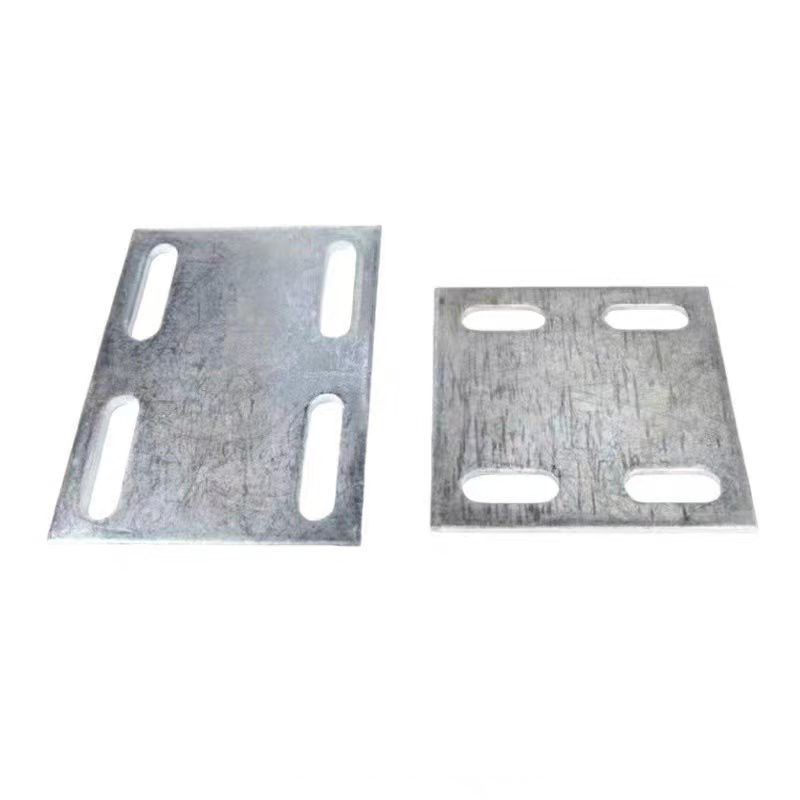 Electrogalvanized embedded plate
Electrogalvanized embedded plate -
 Electrogalvanized cross countersunk drill thread
Electrogalvanized cross countersunk drill thread -
 Hexagon socket electrogalvanized bolts
Hexagon socket electrogalvanized bolts -
 Welding nut (welding nut)
Welding nut (welding nut) -
 Colored zinc-plated nuts
Colored zinc-plated nuts -
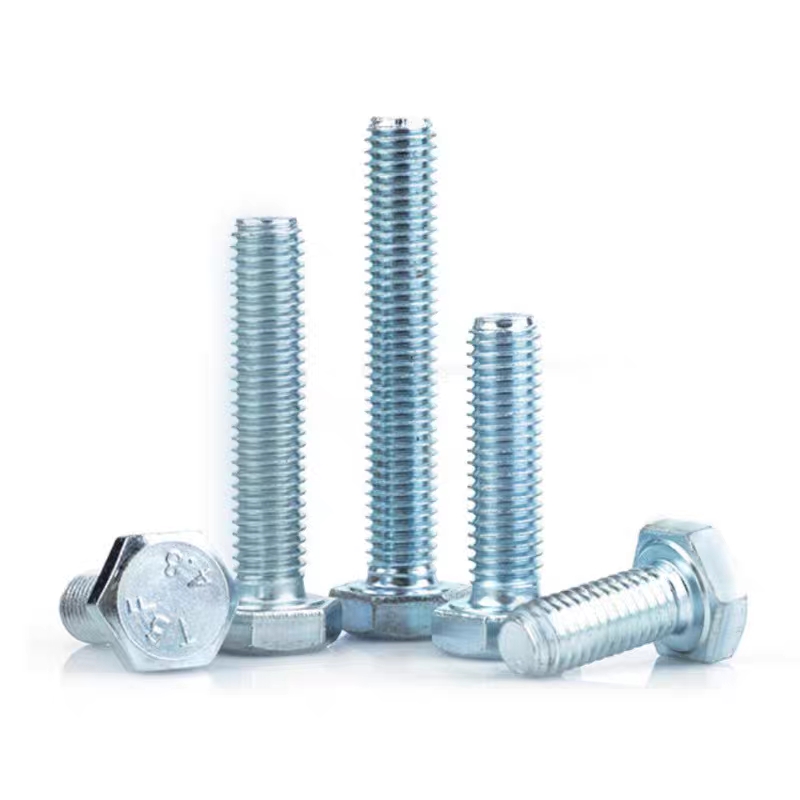 Electrogalvanized hexagonal bolts
Electrogalvanized hexagonal bolts -
 Colored galvanized hexagonal drill tail wire
Colored galvanized hexagonal drill tail wire -
 Colored zinc-plated gaskets
Colored zinc-plated gaskets -
 High-strength blackened nuts
High-strength blackened nuts -
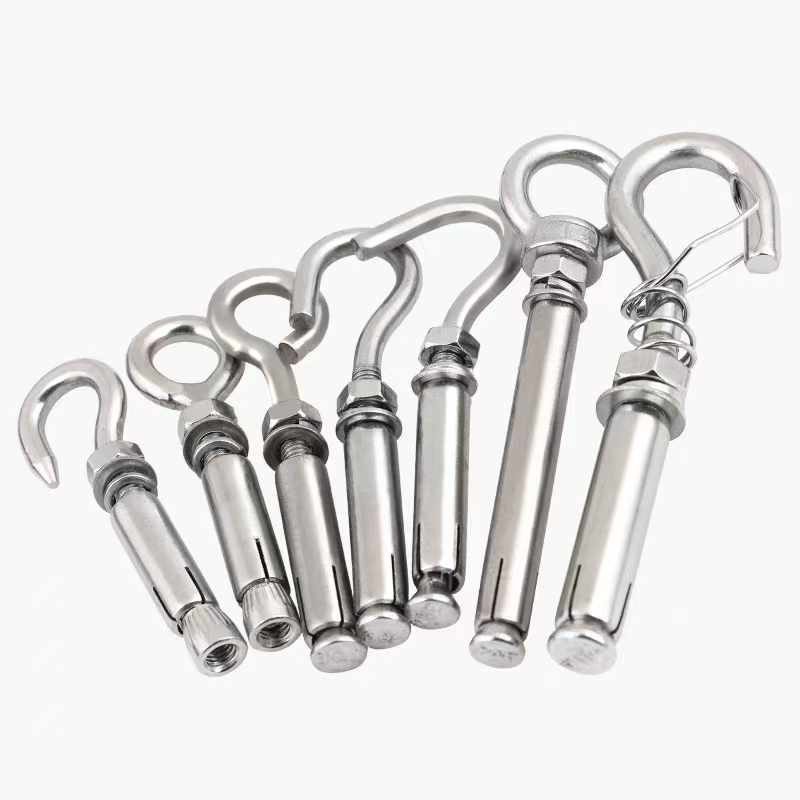 Electro-galvanized expansion hook
Electro-galvanized expansion hook -
 Stud bolts
Stud bolts -
 Electrogalvanized expansion bolts
Electrogalvanized expansion bolts


